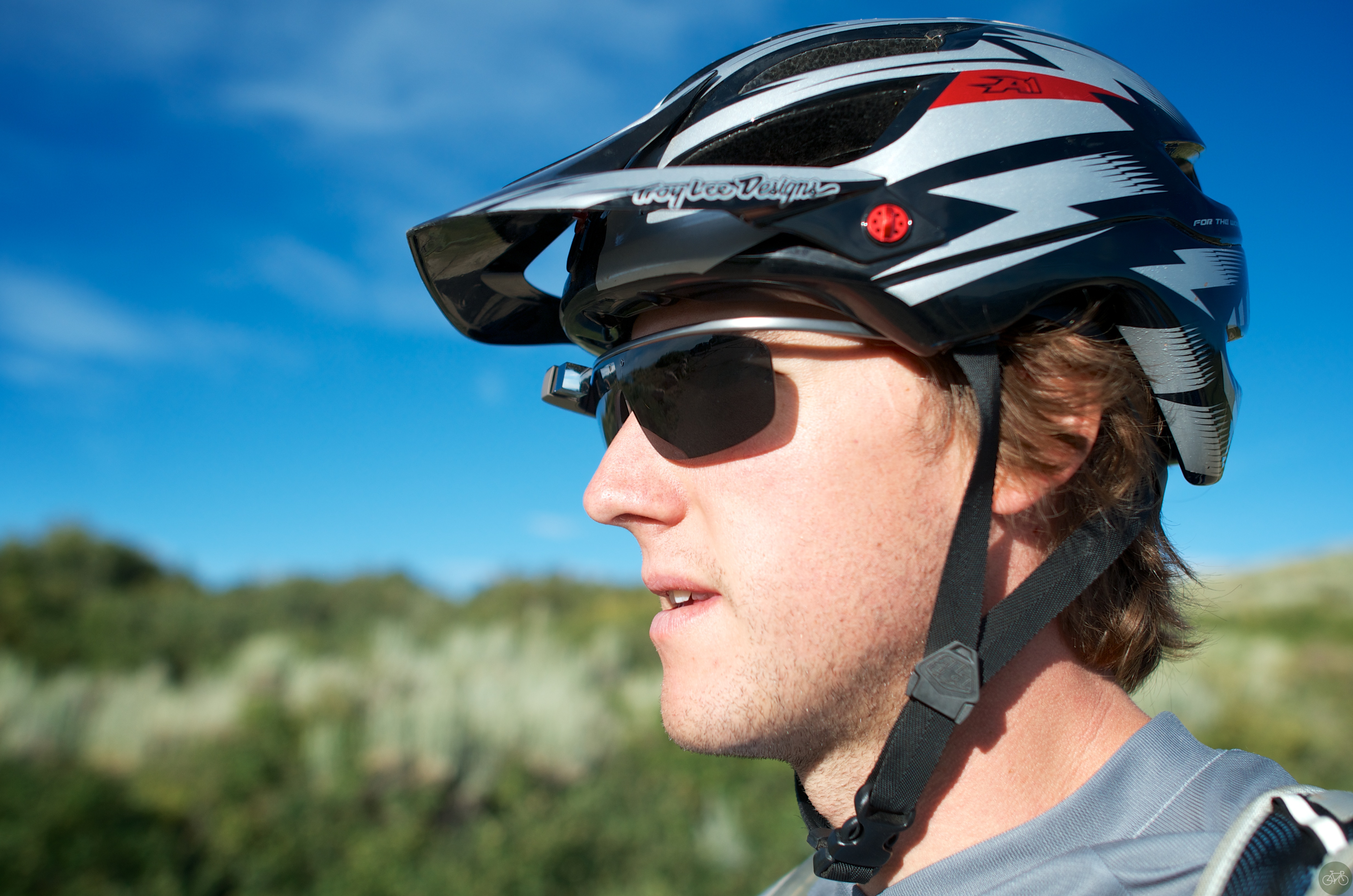A Glass Explorer with a Bike in Wired

Scott House a Park City MTB Guide wearing Glass
During an adrenaline-rush moment on a Park City trail, I was pedaling downhill on a thin strip of single track with hip-high grass pulling at the handlebars. Don’t look right, lean left, pedal. And breathe. Getting through that section unhurt and alive, I paused and said, “Ok, Glass. Take a picture.”
The epiphany I had about using Glass this summer in Park City, a Spesh launch, and with SRAM at a hydro tech clinic is the disruption that’s happening with computing. In the here and happening right now, post-PC era, Glass is a glanceable, wearable computer with a first-person, POV camera.
Tim Moore, MTB guide, with House
This summer participating in the Glass Explorer program, I used the HUD to work on bikes, interview world-class athletes on rides, and talked with legendary makers like Steve Hed. For what Glass is not so good at and the rest of the story, click through to Wired.
Glass photo from the trail after it spilled out to a road
For more photos taken while exploring with Glass, see the galleries on G+ and Flickr and earlier posts here. Also my friend Scoble and Shel’s new book about what they’re calling contextual computing. Consider the context of being an athlete and cyclist, the next time you look down at your power meter or check the time it took you to get to work on your bike commute.
Several terms are used to describe this next wave of Post-PC computing, including wearable, body-borne or the acronym HUD (heads-up display), but I simply call it glanceable. Last week, Recon announced they’ve sold 50K units of their Jet, a HUD like Glass with bike specific views, and secured investment from Intel.
At these media events, rides, and in the bike shop, Glass shows me what I need to know, at a glance, and on command. That’s awesome for adventure in the city and outside, but wearing it at the dinner table with family, is another matter entirely…